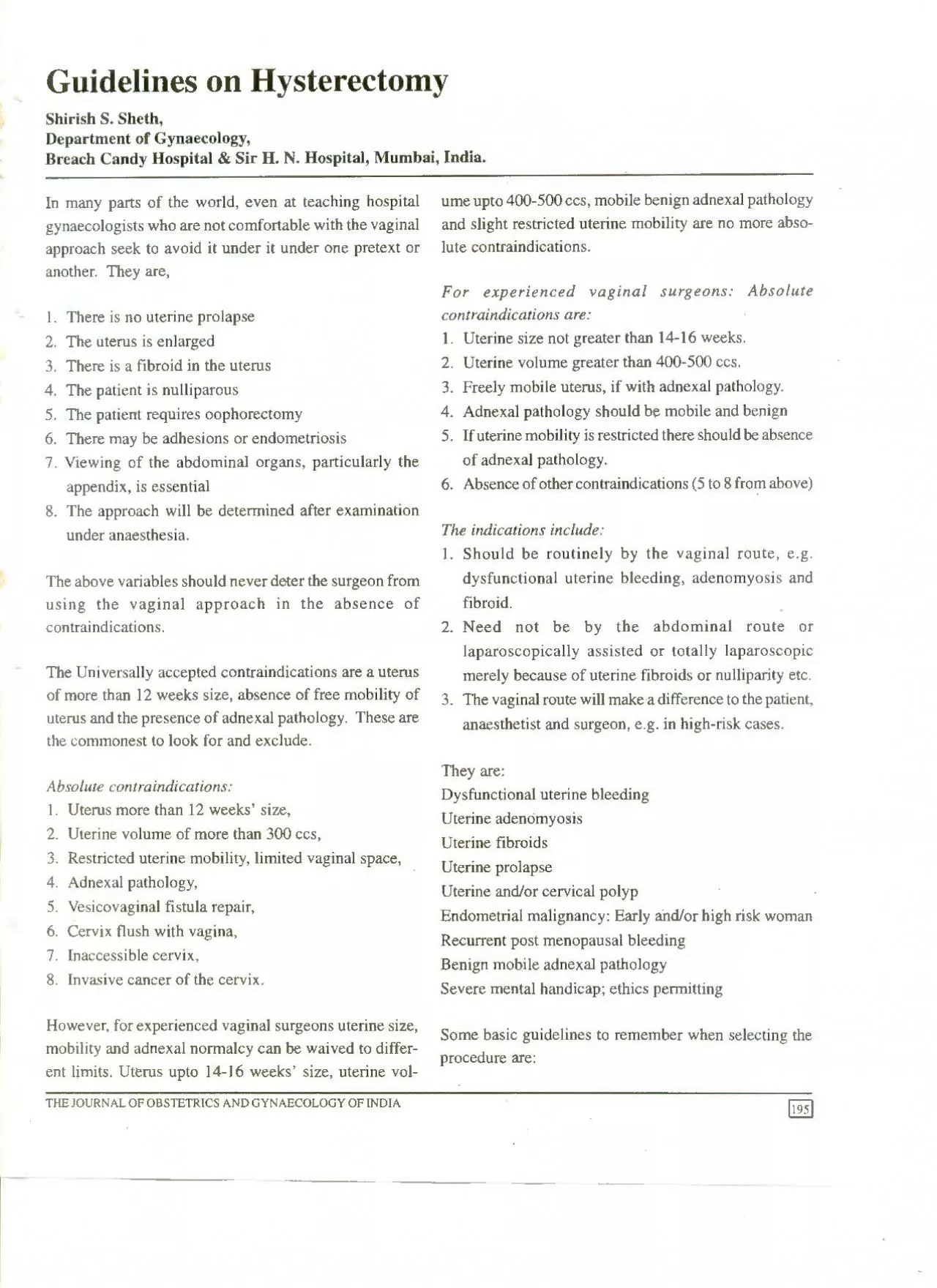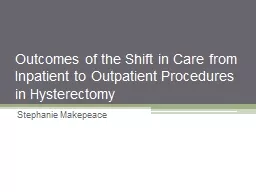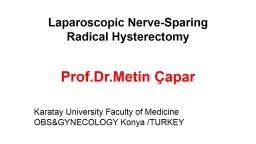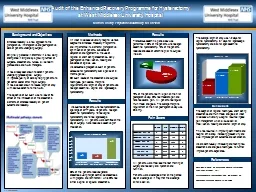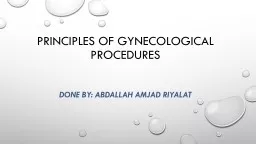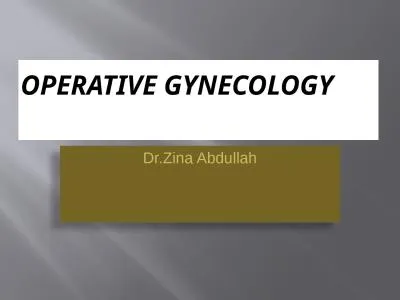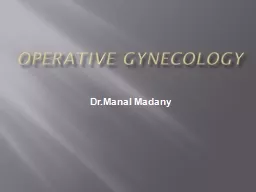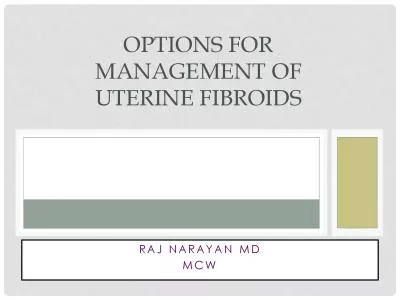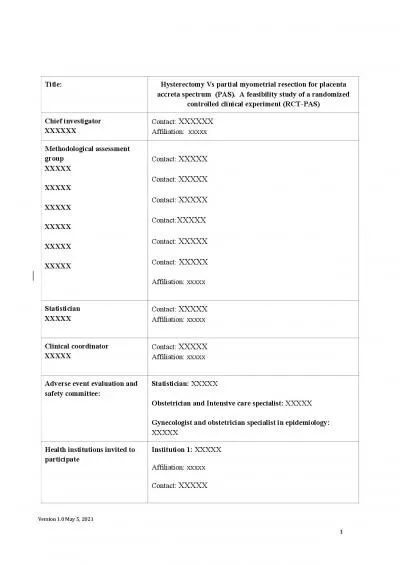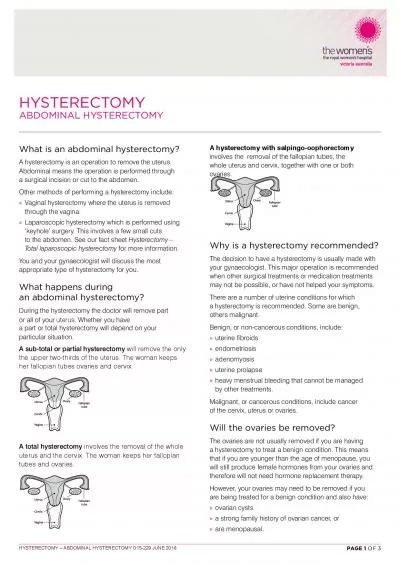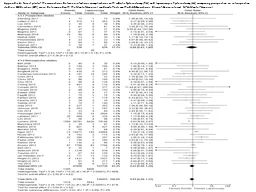PDF-Guidelines on Hysterectomy Shirish
Author : cecilia | Published Date : 2022-10-27
S Sheth Department of Gynaecology Breach Candy Hospital Sir H N Hospital Mumbai India In many parts of the world even at teaching hospital ume upto 400500 ccs mobile
Presentation Embed Code
Download Presentation
Download Presentation The PPT/PDF document "Guidelines on Hysterectomy Shirish" is the property of its rightful owner. Permission is granted to download and print the materials on this website for personal, non-commercial use only, and to display it on your personal computer provided you do not modify the materials and that you retain all copyright notices contained in the materials. By downloading content from our website, you accept the terms of this agreement.
Guidelines on Hysterectomy Shirish: Transcript
Download Rules Of Document
"Guidelines on Hysterectomy Shirish"The content belongs to its owner. You may download and print it for personal use, without modification, and keep all copyright notices. By downloading, you agree to these terms.
Related Documents

